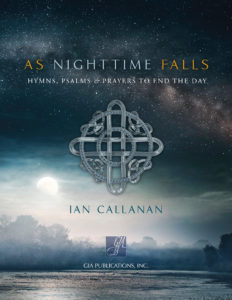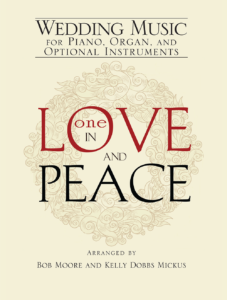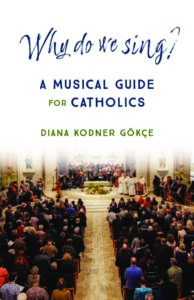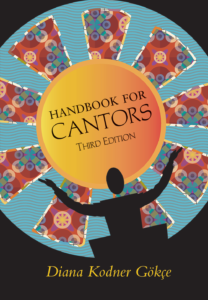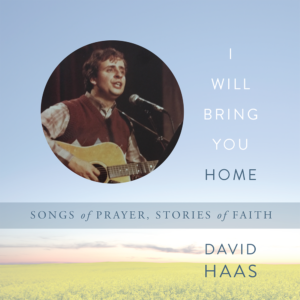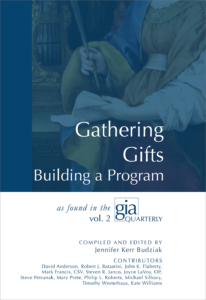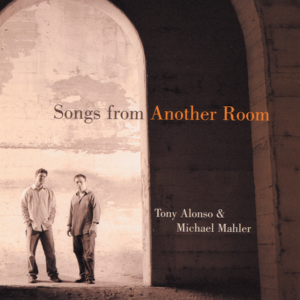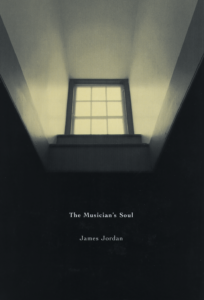Maybe you see the children’s choir once a week, on a weekday after school. Maybe you are wrangling kids from two programs–the parish school kids next door have homework/break time for a while after school until the public school kids get out and can join them. Or maybe your regular weekly rehearsal is on a Sunday, before or after the liturgy most of their families attend. Maybe your rehearsal is only 45 minutes long, during which you need to warm them up, teach them two new songs, review 3 older songs, begin the new Mass parts, and possibly start the new Christmas piece you ambitiously want them to learn. Maybe along with those tasks, you’d also like to, I don’t know, teach them a little something about music and help them gain skills that will lay groundwork for future lives as choral singers…and maybe give them a little of the theology of what they are singing about…
Is this even possible?
I actually love working with my children’s choirs, and after a lot of years of experimentation and exhaustion genuinely am able to do all of the above within that 45-minute period. Is it perfect? Do the kids pay rapt attention to every second, without any squirminess or lack of engagement at any time? Nope, not even close. But…we get a lot done.
This is the first of what will likely wind up as 3 posts about the various aspects of working with children’s choirs: repertoire-teaching, rehearsal management, warming up, even musical literacy. And I find that the entire tone for a rehearsal is set by what happens in the warm-up. This brief process usually gets only about 7 minutes, but it’s crucial for keeping things working and building a solid groundwork for a productive rehearsal.
So: The Warm-up! I’m a firm believer in warm-ups. They do not just “wake up” the voice, they get the whole body and brain ready to work, rebuilding the group of individuals into a cohesive whole. I always do them in the same order: first stretching and readying the whole body for work, then working out the vocal registers in what we normally would think of as a “typical” series of warm-ups, and finally engaging in some exercise that works the brain and the ears, helping to set the ensemble sound and sharpen their musical skills.
1. Stretching and loosening activities, to help them get their bodies ready to make music. (This is important for adults too!) Stretching up to the ceiling one arm at a time not only stretches out the shoulders, but it also activates the rib cage and gets the whole torso moving. Slow shoulder and head rolls can help loosen up tight muscles and find a healthy alignment for the body. The trick is to combine the reaches and stretches and rolls with long slow breaths; this keeps them engaged and makes conversation difficult! (“Drop your head to the front, and slowly rollllll it to one side, then take a deep breath in….and out….let your head fall back to the front and then rollll it to the other side….breathe in…breathe out….”)
2. Segue into simple semi-pitched wake-up-the-voice activities. I like to start with long slow sirens along the length of their vocal ranges, stressing that the point is not to be loud, but just to gently let the voice float up, and float back down. I usually do a siren first, and have them echo it; then I’ll do siren-like vocalizations in different registers and ask them to echo it back. Then I’ll ease into a siren combined with pitch–e.g. I’ll siren up to some fairly high-in-the-register note, and from there just sing “sol, mi, do” on a neutral “oh” vowel, and ask them to sing it back. I’ll then repeat this exercise again and again, gradually moving down in pitch, to help them bring their natural head voice down into what can otherwise turn into a shouty chest register. Sometimes I will change to “sol-fa-mi-re-do”…or “sol-fa-mi-re-do-ti-do,” still on an “oh” vowel…or some easy sequence. And then, by the time we are nearing the lower part of the practical register, I’ll start actually singing these syllables and having them echo the solfège back.
3. Now, in the space of just a few minutes, we have already shifted into pitched exercises, tone, vowel placement, and intonation, and we have worked the lower and higher registers of the voice. Then we shift into working a couple of exercises to get the enunciators moving–you probably have a few of these that are your favorites (such as the one about the many mumbling mice, or the super duper double bubble gum, or what-have-you…drop me a line if you don’t, I’d be happy to help provide more!), but the one I start with every September is the one that both wakes up the text-producing mouth-parts and names them consciously at the same time:
(Pro tip: the hardest word will always, every time, be “of.” You’ll get “The tip o’the tongue, the roof o’the mouth” and so on. If you can get them to sing the “of” every time, you are golden for anything diction-wise you ever ask of them.) Start at a manageable tempo, then as you get going do a nice fun accelerando, which my singers always love and which challenges them. It’s a little silly–but it works. And then through the year you can be specific about which enunciators are the potential problems for different musical issues.
4. The final part of the warm-up that I use now without fail, every single rehearsal, is a brief exercise in solfège and music reading. It’s very simple to do and takes literally only a couple of minutes, and the benefits are almost immediate and applicable. Using a combination of singing movable do solfège syllables, alongside the Curwen hand signs, I have the choir sing (and gesture) up and down the scale together. In early weeks or with younger children I’ll then go to some easy echo work, using syllables and hand signs; as they progress further, I ask them to follow after me and sing the syllable that goes with each of my gestures–starting with easy home base tonic-dominant “do” and “sol,” then adding an additional syllable or two at each rehearsal, sticking with stepwise motion except when going to our home base pitches of “do” and “sol.” As rehearsals go by, their ability to “read” more complicated rhythms in my hands (mirrored in their own) gets more and more complex and confident, and every piece of music they sing becomes easier as they gain this facility.
Again: All of this takes literally about 7 minutes, most of the time. The key is to always keep moving, always know what’s coming next, never have to stop and think about what you are doing–because once you let them get away from you for even a second, they are gone like my wiener dogs when they see a squirrel. Keep them moving, keep them working and singing and occupied and engaged, and it’s amazing what they can do.
More next time–I’ll talk about the process I use for teaching a new song without losing focus, which is always a challenge…and how to apply our newfound knowledge of movable do to our church music! Until then–drop us a comment, either here or on the Facebook page; I’d love to hear your tricks for wrangling our young ones and having joy-filled and productive rehearsals!
–Jennifer






